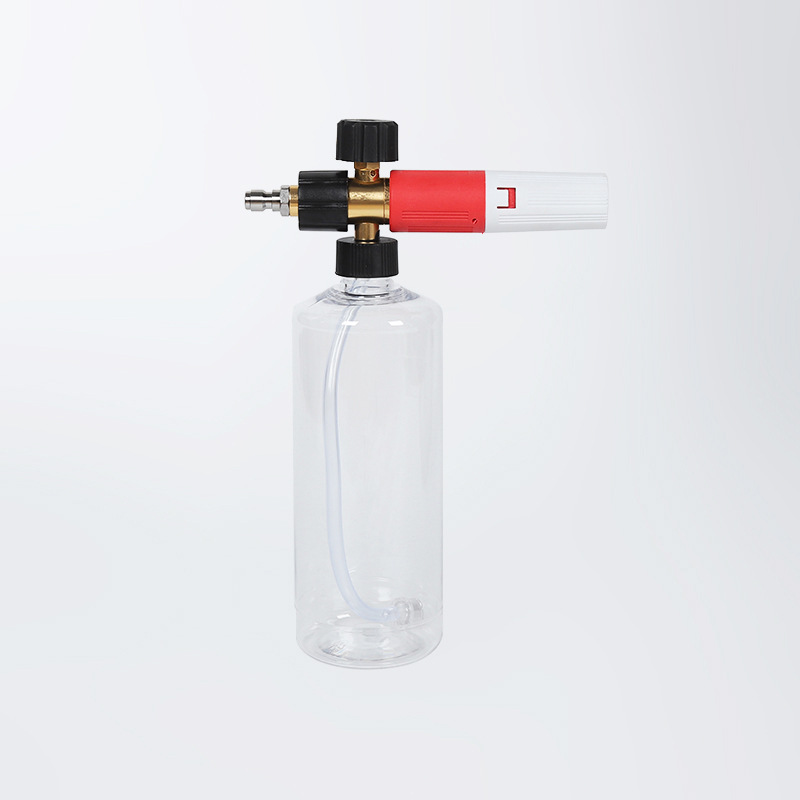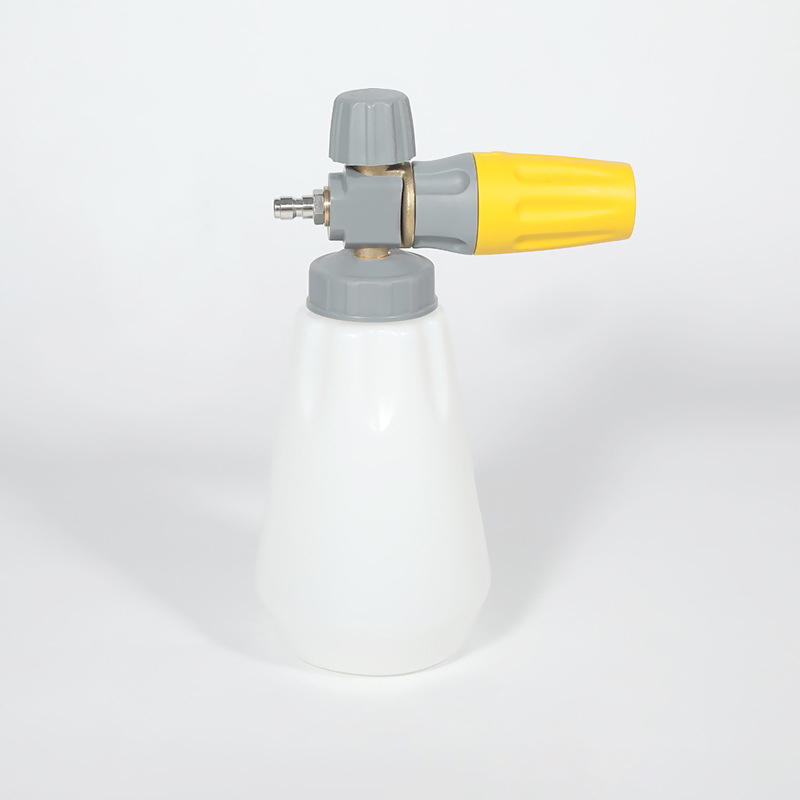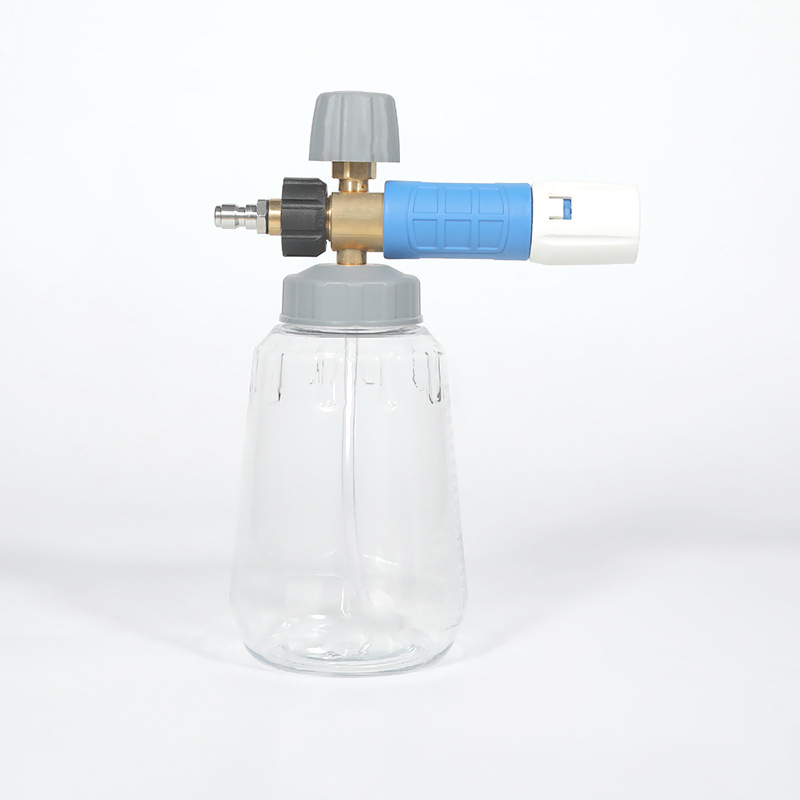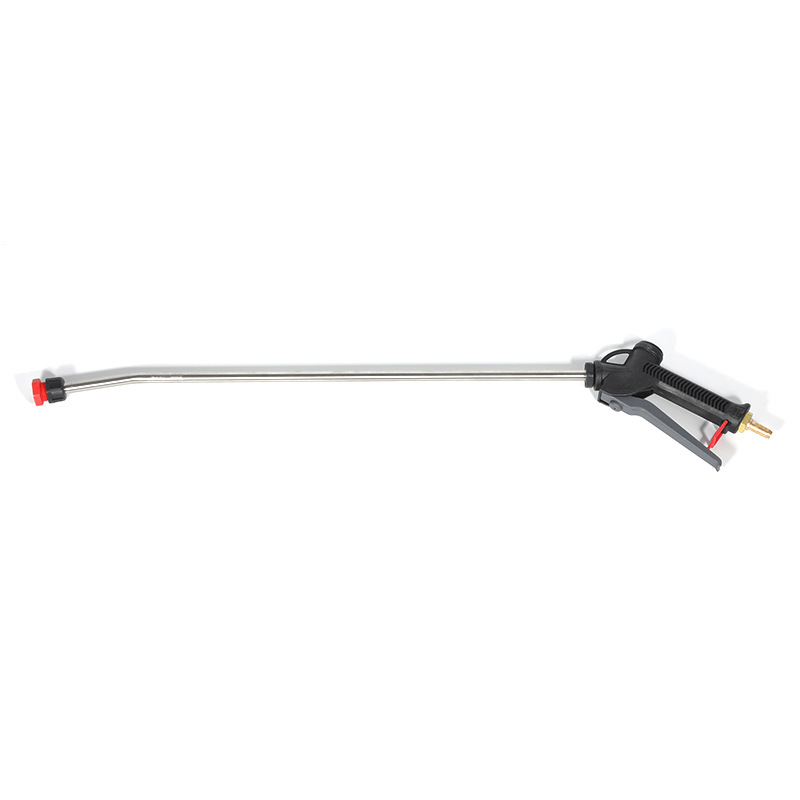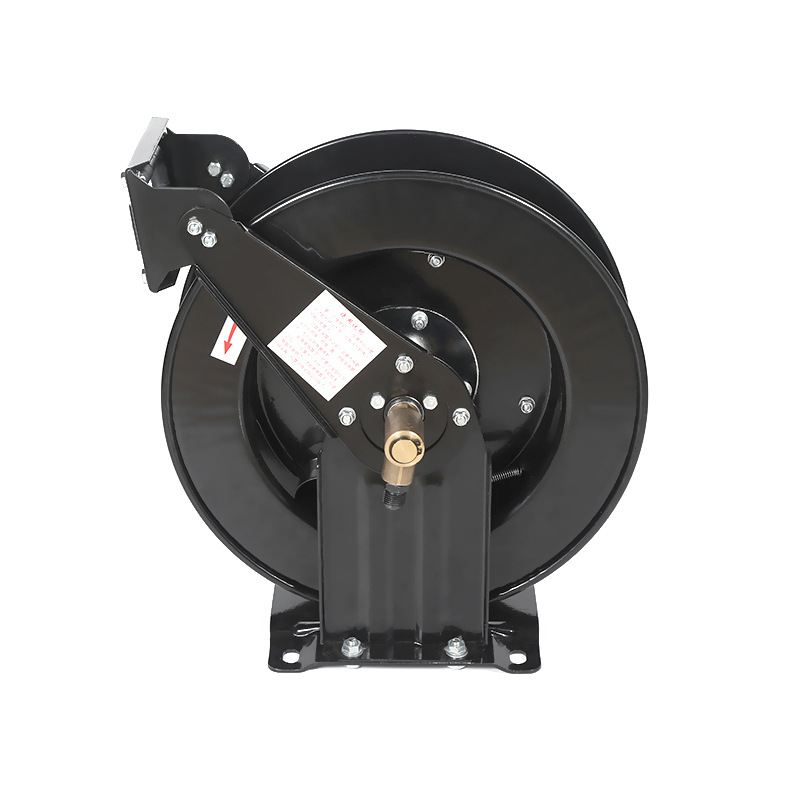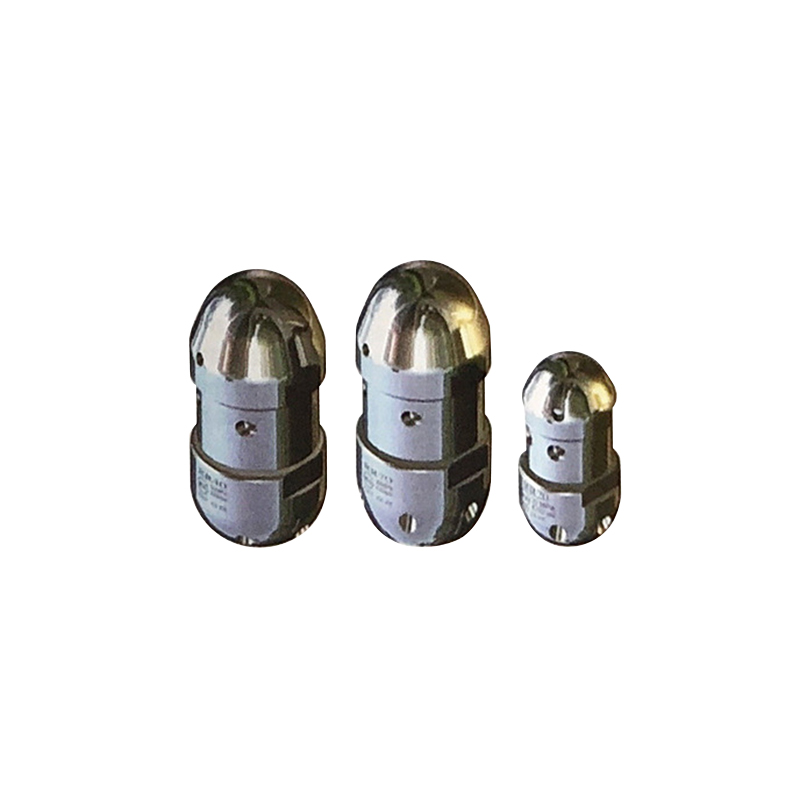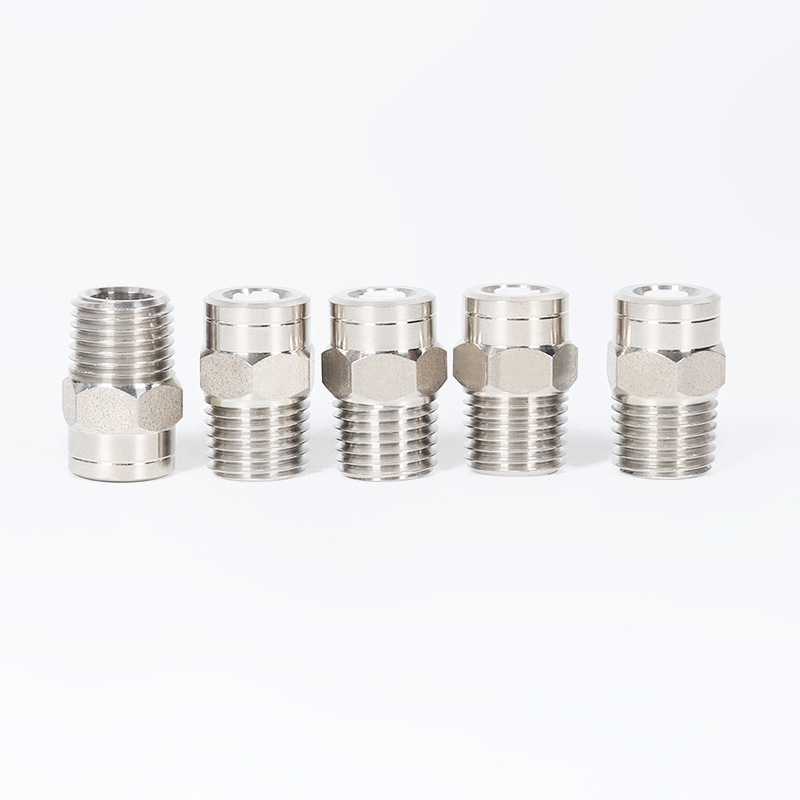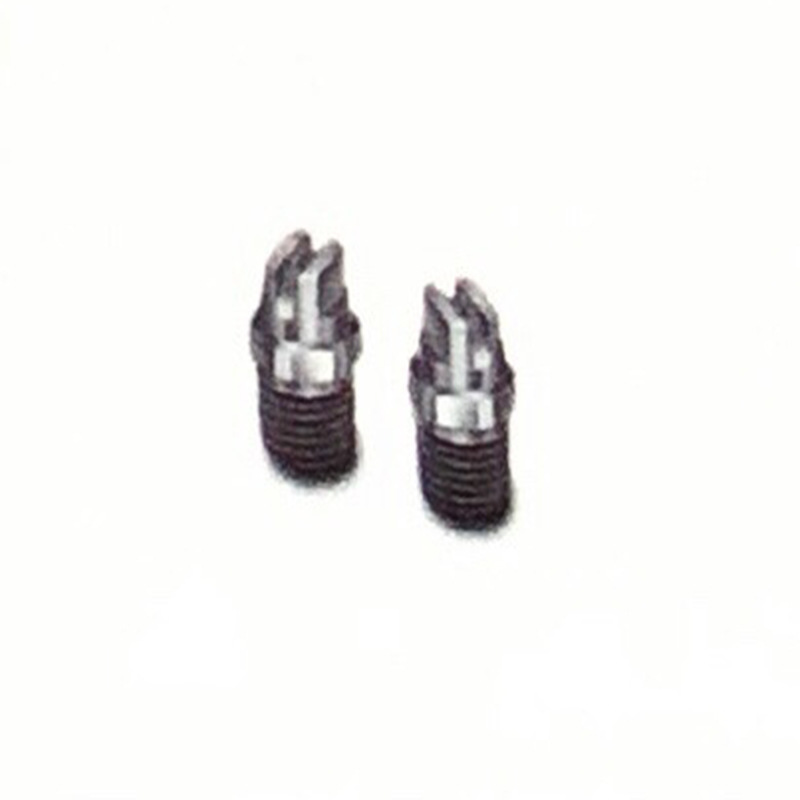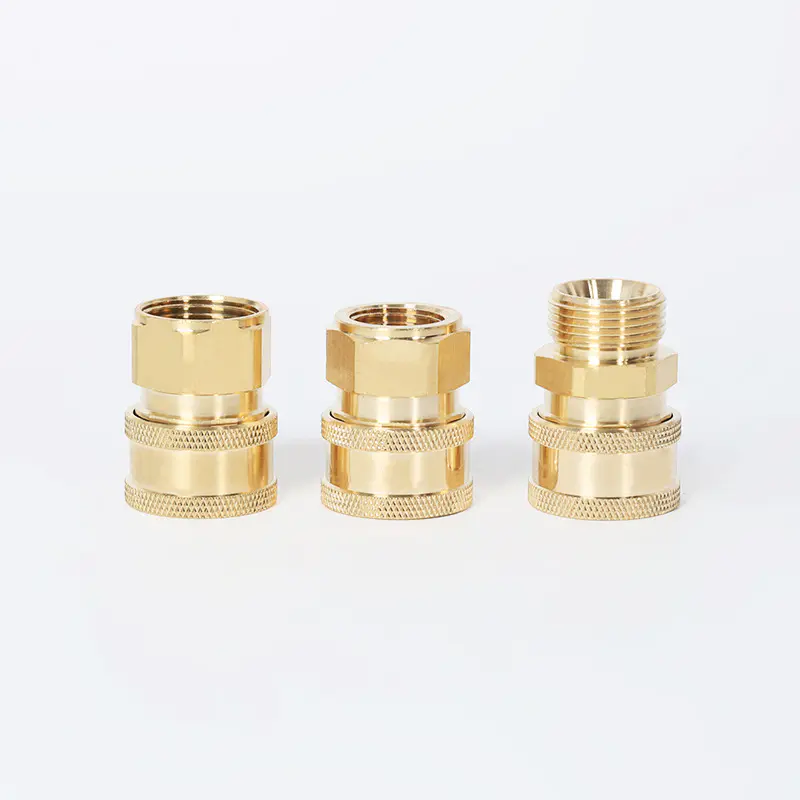Cleaning and maintenance requirements for high-pressure cleaning hoses
As one of the core components of cleaning equipment, the cleaning and maintenance of high-pressure cleaning hoses are crucial to ensure the long-term use of the equipment. Since the hoses are exposed to water flow, high pressure, chemical cleaning agents, dirt and other environments during use, the hoses are prone to damage, blockage or contamination. Therefore, reasonable cleaning and maintenance can extend the service life of the hoses, improve work efficiency and reduce the probability of failure.
Factors that make high-pressure cleaning hoses easy to clean
The cleanliness and convenience of high-pressure cleaning hoses are mainly affected by the following factors: material, surface treatment process, inner diameter design of the hose, use environment, etc.
Material: The material of the hose directly affects the ease of cleaning. The use of high-quality PVC, rubber or polyvinyl chloride (PVC) and other materials with strong anti-pollution properties can effectively avoid the accumulation of stains and cleaning agents and reduce the difficulty of cleaning the hoses.
Surface treatment process: Some high-quality hoses use special surface treatment processes, such as smooth surface treatment or anti-fouling coating, which can effectively reduce the chance of dirt adhesion and make cleaning easier.
Inner diameter design: A hose with a larger inner diameter can prevent dirt from gathering on the inner wall of the hose, reduce clogging problems, and ensure smooth water flow. The smoothness of the internal design will also affect the difficulty of cleaning. The smooth inner wall can easily wash away impurities.
How to clean the hose of a high-pressure cleaner
The hose of a high-pressure cleaner will inevitably be contaminated by scale, oil, dust and other substances during use, so it is essential to clean the hose regularly. The following are several common hose cleaning methods:
High-pressure water flow cleaning method: Use a high-pressure water gun or the nozzle that comes with the cleaning machine for cleaning. This method effectively washes away the dirt inside and outside the hose by directly spraying high-pressure water, which is suitable for most hose cleaning needs.
Chemical cleaner method: When there are stubborn stains or grease accumulation on the inner wall of the hose, special chemical cleaners can be used. Chemical cleaners can help the hose remove oil stains, rust and other substances and restore the smoothness of the hose. When using, follow the instructions for use of the cleaner to avoid damaging the surface of the hose.
Manual cleaning method: For stains or stubborn substances on the outside of the hose, you can use a soft brush or sponge to scrub. For the connection parts of the hose, check and clean them regularly to prevent dust and impurities from accumulating at the joints, causing poor sealing or water leakage.
Soaking cleaning method: When there is difficult-to-remove dirt inside or outside the hose, you can soak the hose in an appropriate cleaning solution, let it stand for a period of time, and then rinse it with water. This method is suitable for situations where deep cleaning is required.
Daily maintenance of high-pressure cleaning machine hoses
Daily maintenance not only helps to keep the hose clean, but also prevents the hose from aging, wear or damage caused by external environmental factors. Here are some common maintenance tips:
Check the hose regularly: Check the outside of the hose for cracks, aging or signs of wear. If damage is found, it should be replaced immediately to avoid continued use that may cause more serious damage.
Avoid excessive bending: Long-term pressure and excessive bending of the high-pressure cleaning machine hose can easily lead to damage to the internal structure. Therefore, try to avoid large bends in the hose when using it, especially when the hose is under high pressure.
Storage environment: When the hose is not in use, try to avoid direct sunlight, humid environment and high temperature environment to avoid aging of the hose due to ultraviolet radiation, thermal expansion and contraction, etc. The hose can be neatly rolled up or fixed on an appropriate bracket for storage.
Avoid contact with chemicals: When cleaning, avoid contact with strong acids, strong alkalis or corrosive substances. Chemicals may cause degradation or damage to the hose material and reduce its service life.
Precautions for the use of high-pressure cleaning machine hoses
Correct use can not only improve work efficiency, but also effectively reduce the difficulty of cleaning and maintenance.
Reasonable selection of hose length: Too long hoses are prone to dragging or tangling, increasing the risk of wear; while too short hoses may limit the working range and increase the difficulty of use. Choose a hose of appropriate length according to work needs to avoid waste or inconvenience.
Avoid the hose being in a high-pressure state for a long time: Try to avoid high-pressure water flow acting on the hose for a long time, especially some hoses of poor quality. Long-term high-pressure work will increase the risk of wear of the hose.
Use appropriate water temperature and pressure: Hoses of different materials are suitable for different water temperatures and working pressures. Avoid using water with excessively high temperatures or pressures to clean the hose to prevent safety problems such as hose deformation and bursting.
Cleaning and maintenance cycle of high pressure cleaning machine hose
The cleaning and maintenance cycle of the hose should be adjusted according to the frequency of use, working environment and other factors. Under normal circumstances, basic cleaning should be performed after each use to keep the hose unobstructed. Deep cleaning and inspection should be performed once a month or quarterly to ensure that the hose has no problems such as water leakage and damage. If the hose has not been used for a long time, it should be stored in a dry and cool place after cleaning to prevent aging and hardening.





